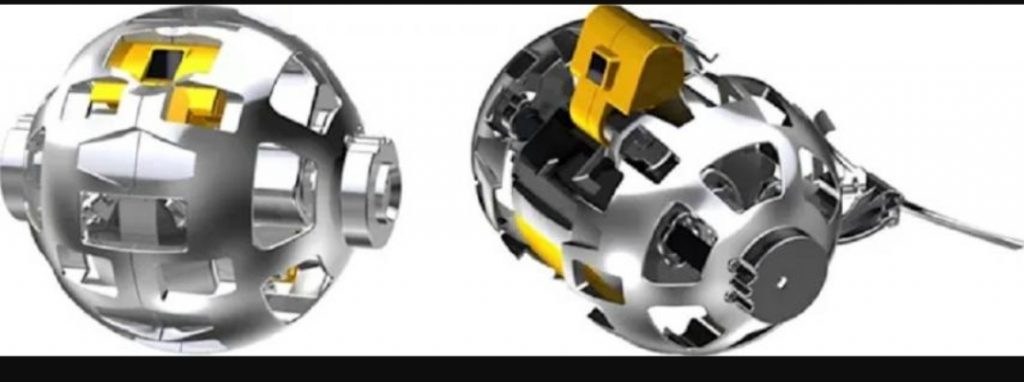Japan’s aerospace agency has teamed up with Sony and other manufacturers to shape a robot they want to send to the moon.
It is more than announced that space exploration is going to give us some surprises in the coming years. The investment made by both countries and private companies continues to increase and not only are different plans being known in relation to reaching other destinations or increasing travel speeds, but also in terms of the types of rockets and robotics.
The latest news we’ve seen comes from Japan. Previously, we already learned about some plans in which the Japan Aerospace Exploration Agency (JAXA) is working, such as its way of combating space debris or the Lunar Cruiser that it is developing together with Toyota, because our satellite is still in the focus of this agency.
The Lunar Cruiser may be accompanied by a very particular robot that has a ball shape and whose objective is to move freely and capture images of the environment, although it will surely advance in it to help in more ways.
The robot has been dubbed 8.8oz and is being shaped by different developers from the Japan Aerospace Exploration Agency (JAXA), Sony, Doshisha University and Tomy, a toy manufacturer.

The idea is that this robot is fully functional for the mission expected to be sent in 2029 together with the Toyota manned car. In order to achieve this, each of those involved in the project focuses on a task. For example, Sony is in charge of the control, while Tomy and the university in making it the smallest possible size. Each of them will work with the objective of applying their innovations to the maximum.
The challenges they face in order to get it to move smoothly are different, but it will be a way to achieve images without the need to spend a great deal of energy in case of making it fully functional, as well as being a great help in a exploration of the Moon that wants to enhance itself in order to better know the only natural satellite that we have.